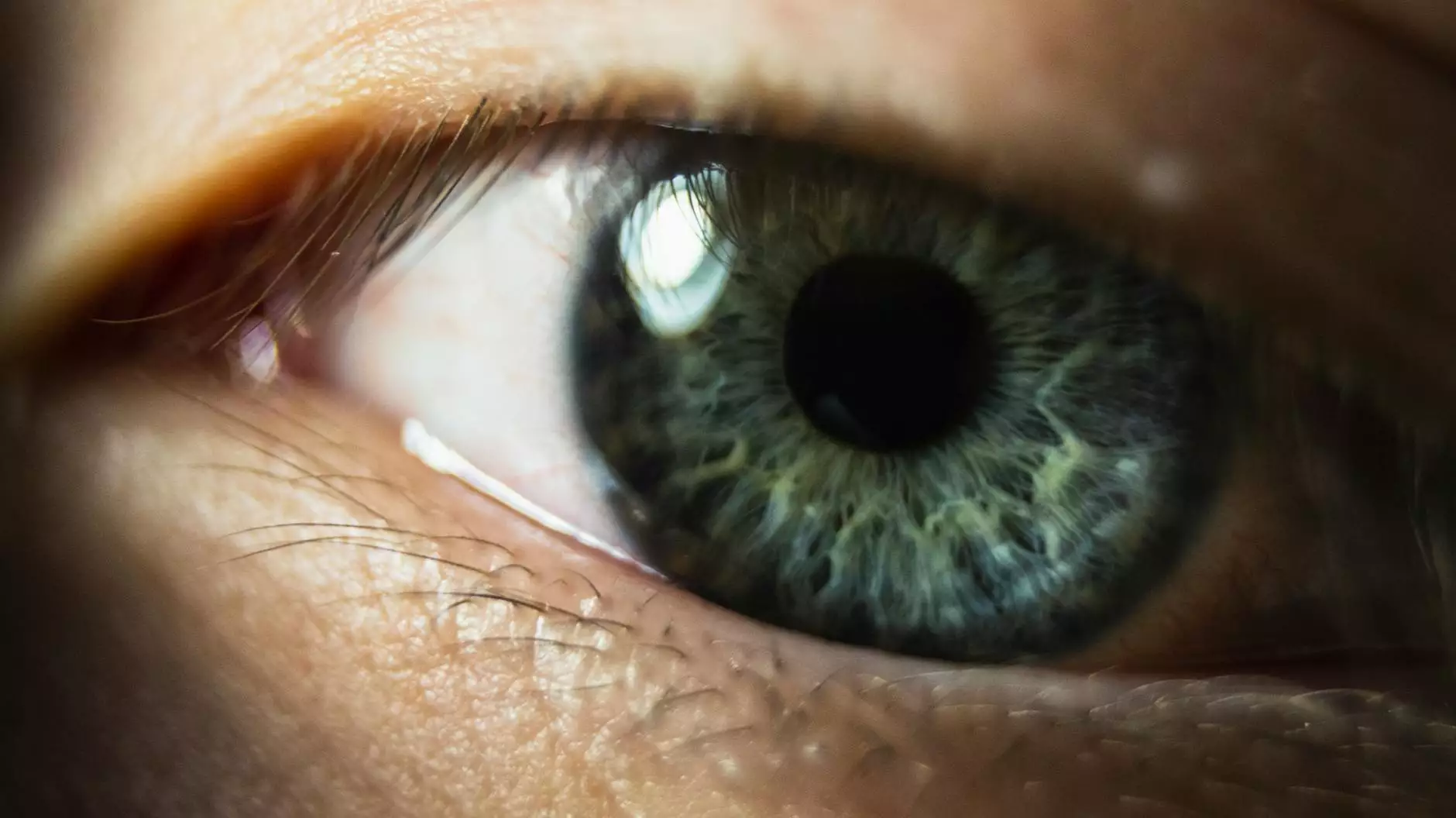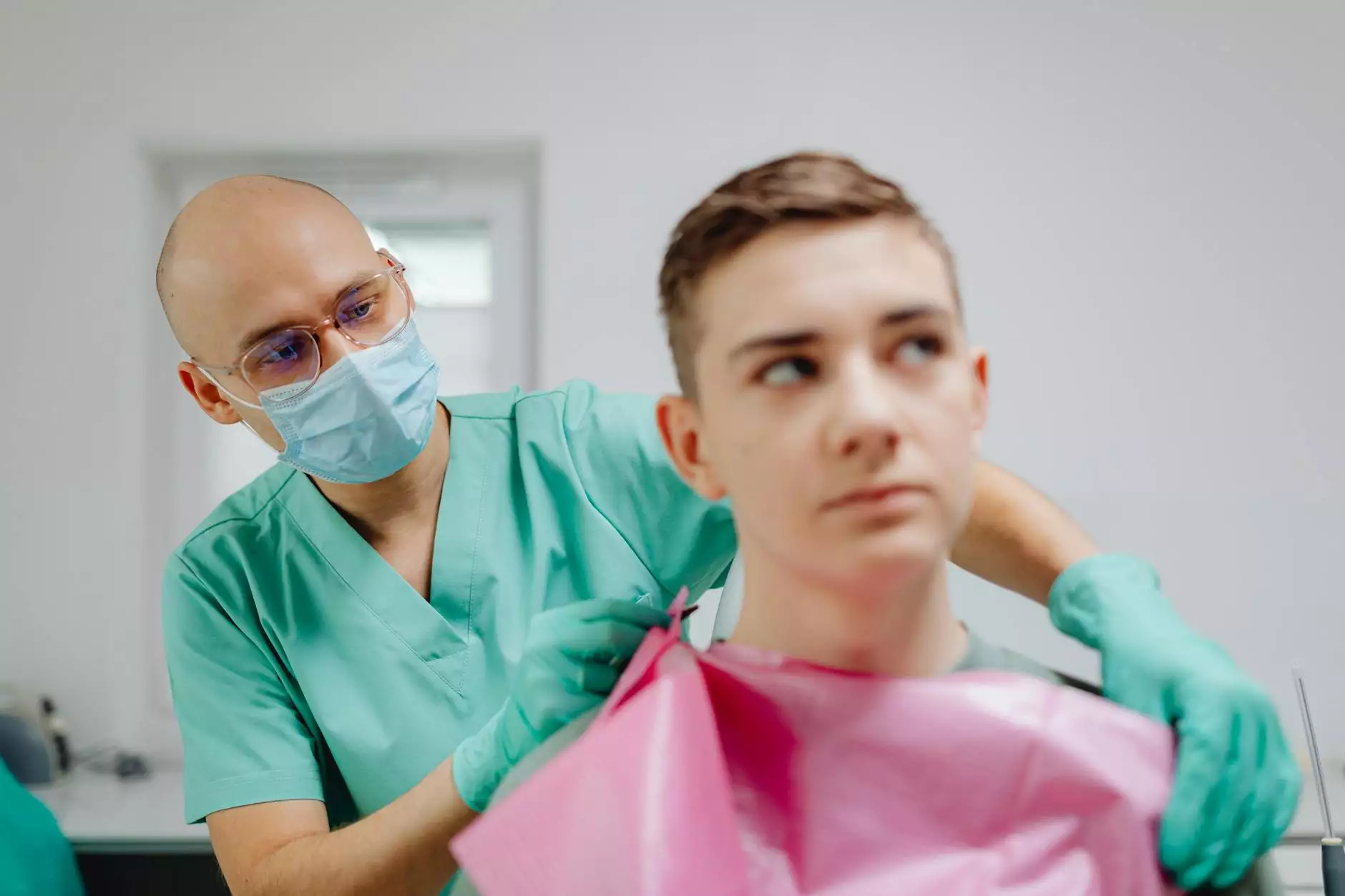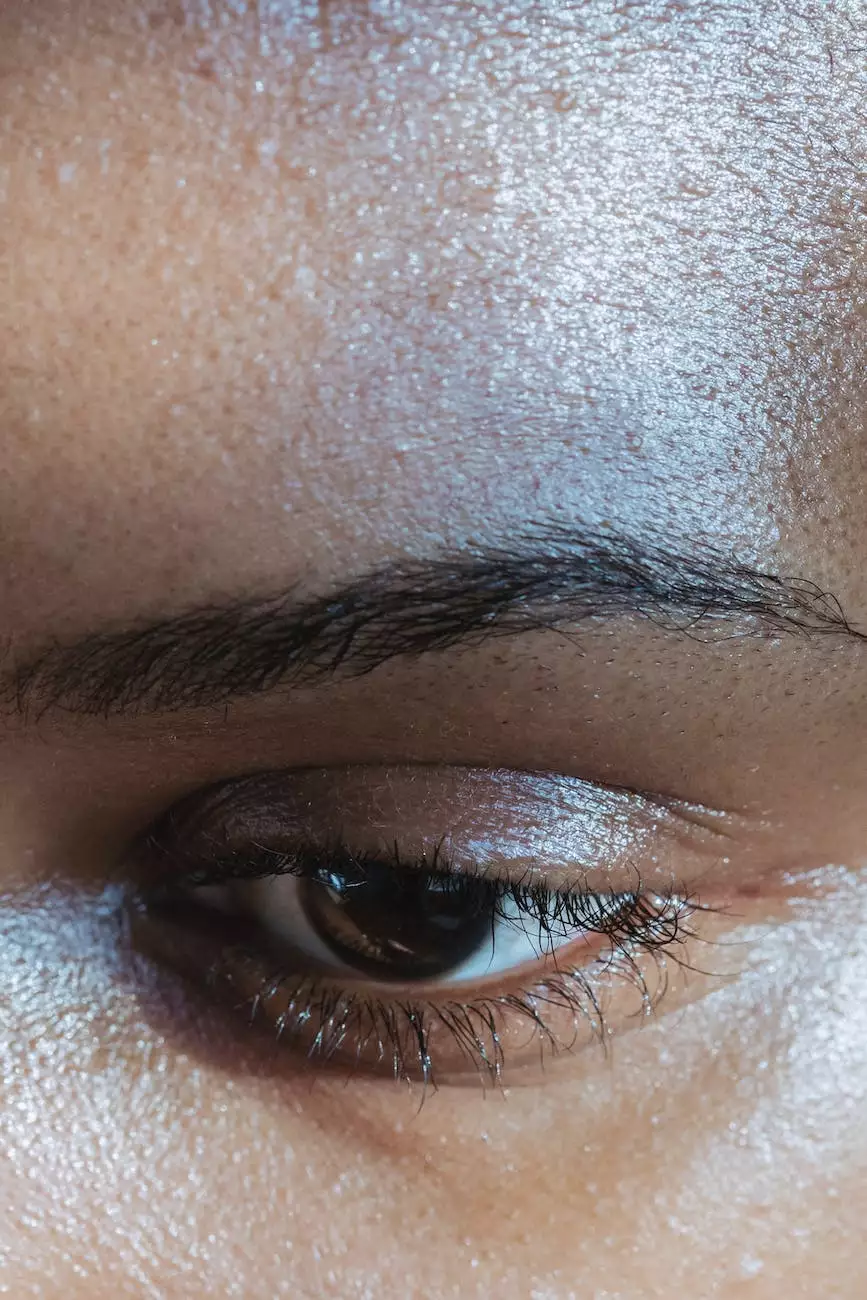Tearing and Tear Duct Disorders

Understanding Tearing and Tear Duct Disorders
Tearing, medically known as epiphora, occurs when tears overflow onto the face, often due to an imbalance in tear production and drainage. Tear duct disorders can cause discomfort, blurred vision, and potential complications. At Foley James D MD, we specialize in diagnosing and treating tearing and tear duct disorders to help improve your eye health and overall well-being.
Causes of Tearing and Tear Duct Disorders
Tearing can result from various factors, which may include:
- Allergies: Allergic reactions can lead to excessive tear production.
- Dry Eyes: Insufficient lubrication of the eyes can trigger tear overproduction.
- Infections: Bacterial or viral infections in the eyes or tear ducts can cause tearing.
- Blocked Tear Ducts: Obstructions in the tear ducts can disrupt the natural tear drainage process.
- Anatomical Abnormalities: Structural issues in the tear ducts or eyelids can contribute to tearing.
- Trauma: Injuries to the eyes or surrounding areas can lead to excessive tearing.
- Medications: Certain medications or eye drops may induce tearing as a side effect.
Treatment Options for Tearing and Tear Duct Disorders
At Foley James D MD, we offer comprehensive treatment options for tearing and tear duct disorders. Our experienced team of healthcare professionals will assess your condition and recommend the most suitable approach for your unique needs. Treatment options may include:
- Medications: Prescription eye drops, antibiotics, or antihistamines to manage infections, allergies, or dry eyes.
- Warm Compresses: Applying warm compresses to the eyes can help relieve symptoms and promote tear drainage.
- Tear Duct Probing: A minimally invasive procedure to open blocked tear ducts and facilitate proper drainage.
- Dacryocystorhinostomy (DCR): A surgical procedure to create a new tear drainage pathway.
- Balloon Dacryoplasty: A non-surgical technique that uses a balloon catheter to open blocked tear ducts.
- Functional Endoscopic Evaluation of the Nasolacrimal System (FEES): An evaluation to determine the cause of tear duct disorders using a specialized endoscope.
Preventing Tearing and Maintaining Eye Health
While some factors contributing to tearing and tear duct disorders may be unavoidable, there are several preventive measures you can take to protect your eye health:
- Maintain Good Hygiene: Regularly clean your eyelids and lashes to prevent bacterial or fungal infections.
- Avoid Rubbing Your Eyes: Rubbing your eyes can irritate the delicate tissues and potentially worsen tearing.
- Protective Eyewear: Wear appropriate eye protection when engaging in activities that may pose a risk to your eyes.
- Manage Allergies: If you have allergies, work with your healthcare provider to control symptoms and reduce tearing.
- Follow Prescribed Treatment: Take medications or follow treatments as recommended by your healthcare professional.
- Stay Hydrated: Proper hydration can help maintain tear film production and prevent dry eyes.
Consult with Foley James D MD
At Foley James D MD, we understand the impact that tearing and tear duct disorders can have on your quality of life. Our dedicated team is here to provide personalized care and guide you through diagnosis, treatment, and ongoing management. Contact us today to schedule an appointment and take the first step towards improving your eye health.










